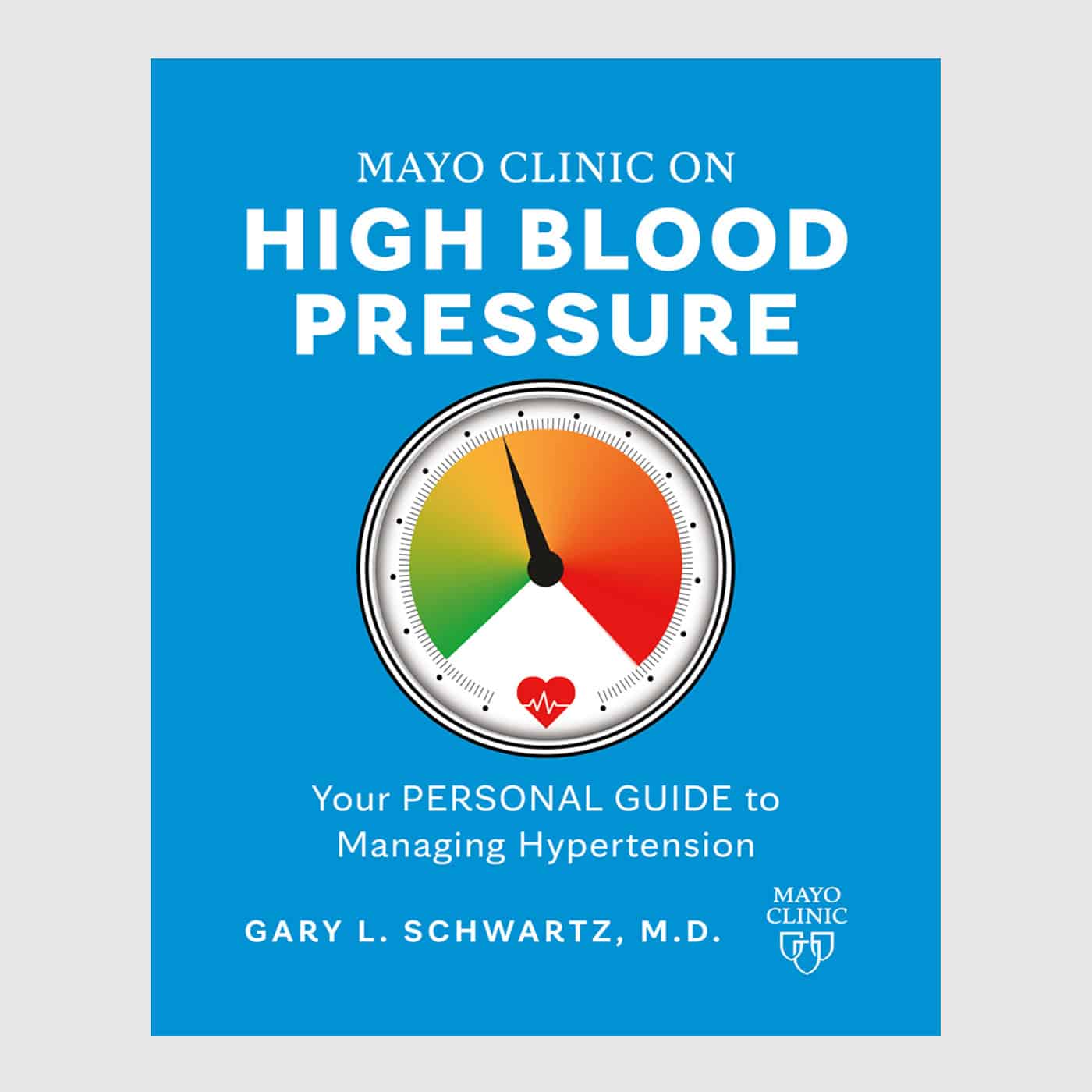
Mayo Clinic does not endorse companies or products. Advertising revenue supports our not-for-profit mission.
If you or a loved one has ever taken antipsychotic medications to manage a mental health condition, you may have heard about tardive dyskinesia (TD) — a serious, and sometimes permanent, side effect.
Tardive dyskinesia is a neurological condition that impacts the body’s ability to control its own movements. As a result, TD causes unwanted, repetitive muscle movements in different areas of the body.
The severity of TD can vary widely, according to Mayo Clinic expert and psychiatric clinical pharmacist Jonathan G. Leung, Pharm.D., R.Ph., but even mild cases can impact someone’s confidence and quality of life. “Movements could be barely noticeable to a bit embarrassing, or tardive dyskenesia can impact someone’s ability to function and do the things they need to do.”
Understanding tardive dyskinesia — including why it happens and what symptoms can look like — is a critical first step to understanding and mitigating your risk of the condition.
What causes tardive dyskinesia?
Unlike many other movement disorders, TD is caused by the long-term use of certain medications. Typically, antipsychotics, also referred to more generally as neuroleptic medications, are most often associated with risk of TD. As a result, the condition is most common in people with schizophrenia or bipolar disorder, as antipsychotic medications are often the gold standard of treatment and long-term care for these conditions. Yet, as Dr. Leung notes, each antipsychotic medication differs in the potential risk of causing TD, so it’s important to discuss these differences with your healthcare team when selecting a medication.
In addition to antipsychotics, there are several other medications associated with TD, including certain gastrointestinal medications such as metoclopramide (Reglan, Gimoti) and promethazine. Also, some medications may worsen TD symptoms, including certain antihistamines such as diphenhydramine and those in a class called anticholinergics.
Although scientists aren’t sure exactly why some people develop TD, research suggests that the condition is, in part, related to dopamine — a type of neurotransmitter that helps the brain and nervous system communicate. Since most antipsychotic medications work by blocking or interacting with certain dopamine receptors, it’s thought that TD may be a result of altered dopamine functions.
In short, Dr. Leung says TD is caused by long-term exposure to dopamine blocking agents — so it’s critical to be aware of the risk, have routine screening for TD and identify any early symptoms.
What do tardive dyskinesia symptoms look like?
“Tardive dyskinesia causes repetitive, involuntary movements, and it can impact any muscle group in the body,” Dr. Leung says. “The most common movements involve the mouth, face and tongue. Symptoms noticed may include unwanted grimacing, blinking, chewing motions, tongue movements or protrusion, lip-smacking, or cheek puffing. But movements also can impact the neck, shoulders, limbs, trunk, fingers and toes. Movements may range from intermittent to continuous.” In some rare and severe cases, TD can make it difficult to breathe.
These movements can range from subtle and hardly noticeable to severe and debilitating, says Dr. Leung. Some people may not even notice these movements or realize they are experiencing symptoms of TD. It’s important to communicate with your loved ones — or anyone you trust and who sees you regularly — and ask if they may have noticed any changes in your movements.
“Your loved ones may be more likely than you to observe or identify these movements,” says Dr. Leung. “This can help you and your healthcare team track symptoms and make informed treatment decisions.” Additionally, if you are on an antipsychotic medication, it’s recommended that your healthcare team routinely screen for TD, even if you do not have it.
How common is tardive dyskinesia?
Though it’s still unclear why some people develop TD and others don’t, there are certain factors that can increase the risk.
Medication is the most important risk factor. First-generation neuroleptics are more likely to cause TD than newer medications. Some studies estimate that at least 20% of people treated with first-generation neuroleptics will develop TD. Second-generation medications, in contrast, may have fewer side effects related to muscle movements. But Dr. Leung cautions that you can still develop TD on second-generation medications.
Age and sex can also impact the risk of TD. Research suggests that women are more likely to develop TD than men, particularly women who are postmenopausal. Additionally, older people may also have a heightened risk, as aging may increase vulnerability to muscle problems.
Although Dr. Leung says TD is more likely to develop after long-term exposure to neuroleptics, it’s important to recognize that symptoms can begin as early as 3 to 6 months after starting medication.
Is it possible to treat tardive dyskinesia?
According to Dr. Leung, regular screening and early intervention are important strategies to manage TD, especially because the condition can worsen over time.
One of the most commonly used screening tools is called the Abnormal Involuntary Movement Scale (AIMS). In general, your healthcare team will likely recommend completing an AIMS assessment — which involves some questions as well as a physical assessment — before starting any medications. At regular intervals, you will be screened again and your results will be compared against your baseline to track any symptoms over time. “In general, we recommend this test is done every 3 to 6 months depending on the person and their risk of TD, but at a minimum every year,” says Dr. Leung.
If you do develop TD, Dr. Leung says your healthcare team may recommend adjusting your medications. This may involve adjusting the dose of your current medication or the type of medication you are taking. You may, for example, be switched from a first-generation neuroleptic to a second-generation alternative.
In 2017, the Food and Drug Administration (FDA) approved the medicine valbenazine (Ingrezza), the first drug to treat the symptoms of TD. In clinical trials, valbenazine was shown to improve the severity of movements in as little as six weeks. Deutetrabenazine (Austedo) is another FDA-approved medication for symptoms of TD, Dr Leung says. Unfortunately, cost may be a barrier for accessing these medications, but some programs may help with affordability.
While valbenazine and deutetrabenazine can reduce the severity of TD symptoms, the underlying issues and long-term course of TD may not change. Thus, if these medications are stopped, TD symptoms may worsen. “Overall, TD may be reversible in some cases, through medication adjustments and changes,” says Dr.Leung. “However, for some people, TD is permanent. This is why screening and early intervention is so important.”
If you or a loved one has noticed any unexpected body movements during or after use of neuroleptic medications — or you simply want to discuss your risk of tardive dyskinesia — speak to your healthcare team about your options.
Mayo Clinic does not endorse companies or products. Advertising revenue supports our not-for-profit mission.

Relevant reading
Mayo Clinic on High Blood Pressure
Mayo Clinic on High Blood Pressure offers information and tools to help you keep blood pressure from building to dangerous levels. By taking specific steps, you can live well with high blood pressure – and even keep it from ever forming. In this book, you’ll learn how high blood pressure develops, what puts you at risk, how it’s diagnosed and treated, and how to reduce your risk of conditions associated with it.




















